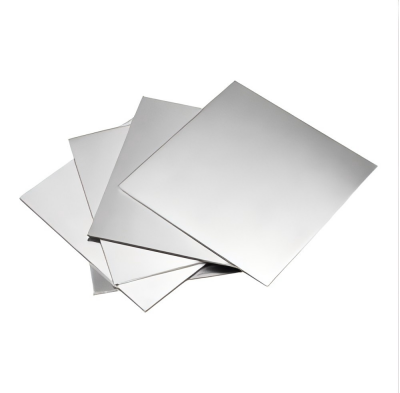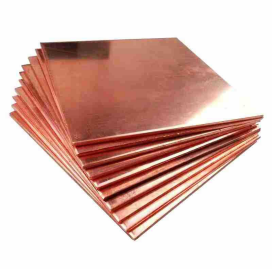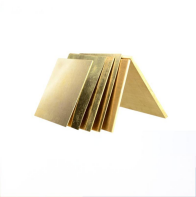Sheet Metal Materials
Compare sheet metal materials to find the ideal solution for your project. From steel and aluminum to specialty alloys, our guide highlights key properties like strength, durability, and flexibility, helping you choose the right material for prototypes, production parts, or custom designs.
304 stainless steel is a commonly used austenitic stainless steel material, widely applied in various equipment and structural components due to its excellent corrosion resistance and workability. 304 stainless steel sheets have outstanding resistance to acids and alkalis, maintaining long-term stability in atmospheric conditions, water, and most chemical media. At the same time, they offer good toughness and strong weldability, making them resistant to cracking or deformation during forming and processing. With a smooth surface that is easy to clean and maintain, 304 stainless steel is widely used in kitchenware, medical equipment, and architectural decoration.
The core advantage of copper materials lies in their exceptional electrical and thermal conductivity, combined with excellent corrosion resistance, malleability, and ductility. This allows copper to be easily fabricated into a wide range of complex shapes, making it highly valuable across multiple industries.
C101 (commonly known as oxygen-free electronic copper) contains virtually no oxygen impurities, offering top-tier purity and conductivity. It is the preferred material for applications with extremely high requirements for material purity and electrical efficiency. However, its cost is higher than C110, making it more suitable for scenarios where peak conductivity is critical and cost is not the primary concern, such as high-precision electronic components and key conductive parts.
C110, an oxygen-containing derivative of C101, contains only trace amounts of oxygen. While its purity, conductivity, and corrosion resistance are slightly lower than C101, it still meets the core requirements of most industrial applications. With lower cost and excellent formability, C110 is commonly used in heat exchangers, industrial wiring, and piping systems.
Brass sheet metal, an alloy of copper and zinc, combines excellent corrosion resistance with good strength and durability. Its high malleability and formability make it easy to fabricate into complex shapes, while its superior thermal and electrical conductivity suit a variety of industrial and electrical applications. Additionally, its attractive golden appearance makes it a popular choice for decorative and architectural uses.
Aluminum 5052 is a lightweight, high-strength alloy with outstanding corrosion resistance. Its excellent formability and weldability make it ideal for complex shapes and durable parts, even in harsh environments. Combining performance with aesthetic appeal, 5052 is a trusted choice for marine, automotive, industrial, and architectural applications.





